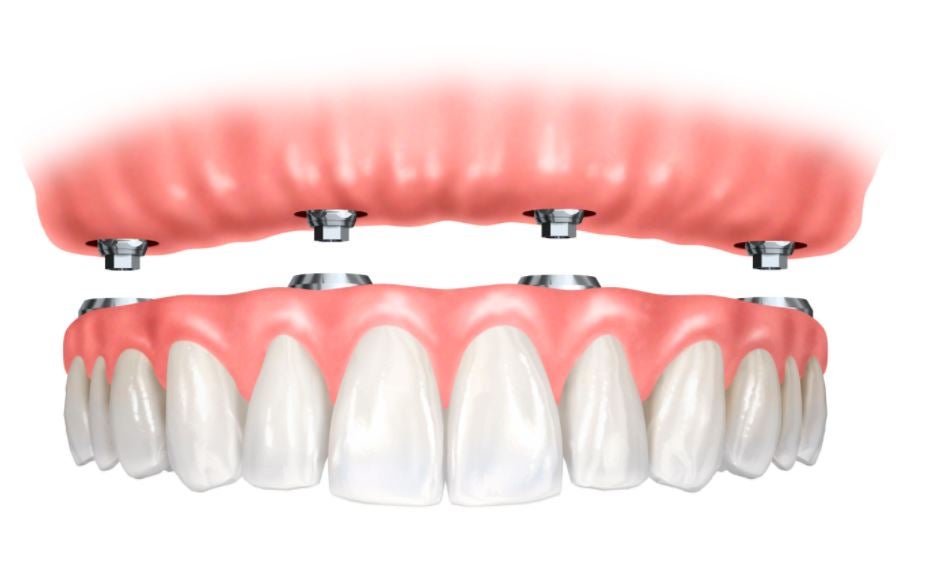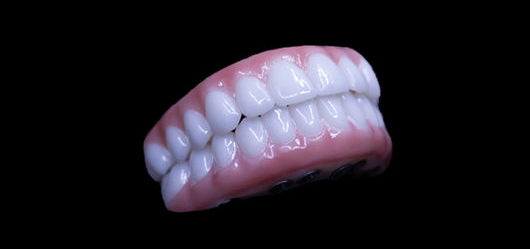Not known Details About Dental Sense
Not known Details About Dental Sense
Blog Article
Examine This Report about Dental Sense
Table of Contents7 Simple Techniques For Dental SenseNot known Facts About Dental SenseThe 2-Minute Rule for Dental SenseThe 2-Minute Rule for Dental Sense
are medical tools surgically implanted into the jaw to recover a person's capability to eat or their appearance. They supply assistance for synthetic (fake) teeth, such as crowns, bridges, or dentures. When a tooth is lost as a result of injury or disease, a person can experience complications such as fast bone loss, defective speech, or adjustments to chewing patterns that cause discomfort.Dental dental implant systems are composed of a dental implant body and oral implant joint and may likewise consist of an abutment fixation screw. Root canal procedure. The oral implant body is surgically put in the jawbone instead of the tooth's root. The oral implant abutment is usually affixed to the dental implant body by the abutment fixation screw and prolongs with gums into the mouth to sustain the attached fabricated teeth
(https://hearthis.at/matthew-music/set/dental-sense/)Framework of The Dental Implant System picking oral implants, talk to your oral copyright concerning the prospective benefits and threats, and whether you are a candidate for the treatment. Things to consider: Your general health and wellness is an important consider establishing whether you are a great prospect for dental implants, how much time it will take to heal, and for how long the implant may stay in location.
Smoking cigarettes may impact the healing process and lower the long-lasting success of the implant. The recovery procedure for the implant body may take a number of months or longer, during which time you generally have a momentary abutment instead of the tooth. the dental implant procedure: Very carefully adhere to the dental hygiene guidelines offered to you by your dental provider.
The Single Strategy To Use For Dental Sense
Implant failure can cause the need for another procedure to deal with or change the dental implant system. Brings back the ability to eat Restores cosmetic appearance Assists maintain the jawbone from diminishing due to bone loss Preserves the health of the bordering bone and periodontals Helps maintain adjacent (close-by) teeth stable Improves lifestyle Damages to bordering natural teeth throughout dental implant positioning Injury to the surrounding tissues throughout surgery, such as sinus perforation Injury during surgical treatment (as an example, fracture of surrounding jawbone) Poor function, such as seeming like the teeth do not bite with each other generally An experience that the tooth is loose or twisting in position resulting from an abutment screw loosening Implant body failing (looseness of the dental implant body) because of systemic infection, which may be more probable in individuals with uncontrolled diabetes mellitus as a result of her response regional infection in bone and periodontals supporting the dental implant body as a result of delayed recovery, which might be most likely in individuals who smoke Trouble cleaning the gums around the implant, leading to bad oral health Without treatment gum disease Post-surgical tingling because of nerve impingement or damage Constantly inform healthcare carriers and imaging specialists that you have dental implants before any type of magnetic resonance imaging (MRI) or x-ray procedures.
FDA is not familiar with any negative events reported for MRI or x-ray procedures with oral implants. Oral implants systems are generally made from materials that comply with international agreement standards of the International Organization for Standardization (ISO) or ASTM International. These criteria have details of what makes a risk-free product.

A dental implant is a structure that changes a missing out on tooth. With screw-like devices, the cosmetic surgeon inserts a dental implant into the jawbone, and it functions as an anchor for an artificial tooth, called a crown. A tool called an abutment links the man-made tooth to the oral implant. The crown is personalized to fit the individual's mouth and match the color of their teeth.
The Only Guide to Dental Sense
Some individuals are not qualified for dental implant surgical treatment. It is for dental cosmetic surgeons to operate on individuals with: acute illnessuncontrollable metabolic diseasebone or soft cells disease or infectionIf these concerns are dealt with, a person can have the surgical treatment. In, oral surgeons avoid operating people with: If individuals with any of the above undergo dental implant surgery, there is a higher threat of the dental implant falling short.

Dental implant surgical procedure is a customized procedure. It's not the same for everybody. The complying with provides a basic overview of what you can expect your dental practitioner, oral cosmetic surgeon, periodontist or prosthodontist to do: Position the implant surgically. Offer you time to recover. Connect the blog post and final crown, bridge or denture.
Next, your surgeon will very carefully put the oral implant right into your jaw. If your dental implant is near the front of your mouth, your dental expert will make a momentary tooth for you to use till you recover.
The 30-Second Trick For Dental Sense
Your service provider can inform you what to anticipate in your situation. During the healing phase, your jawbone must fuse to the oral implant. This procedure, called osseointegration, is essential for stability and lasting success. This process can take anywhere from 3 to nine months. In some instances, it may take much longer.
Once your implant heals, your dental professional can affix the abutment (tiny adapter message) and your final restoration (crown, bridge or denture). This usually takes regarding one hour to complete and may need a 2nd minor surgical treatment. You should not really feel any kind of pain during your oral implant treatment since your copyright will certainly use drug to numb your periodontals.
Report this page